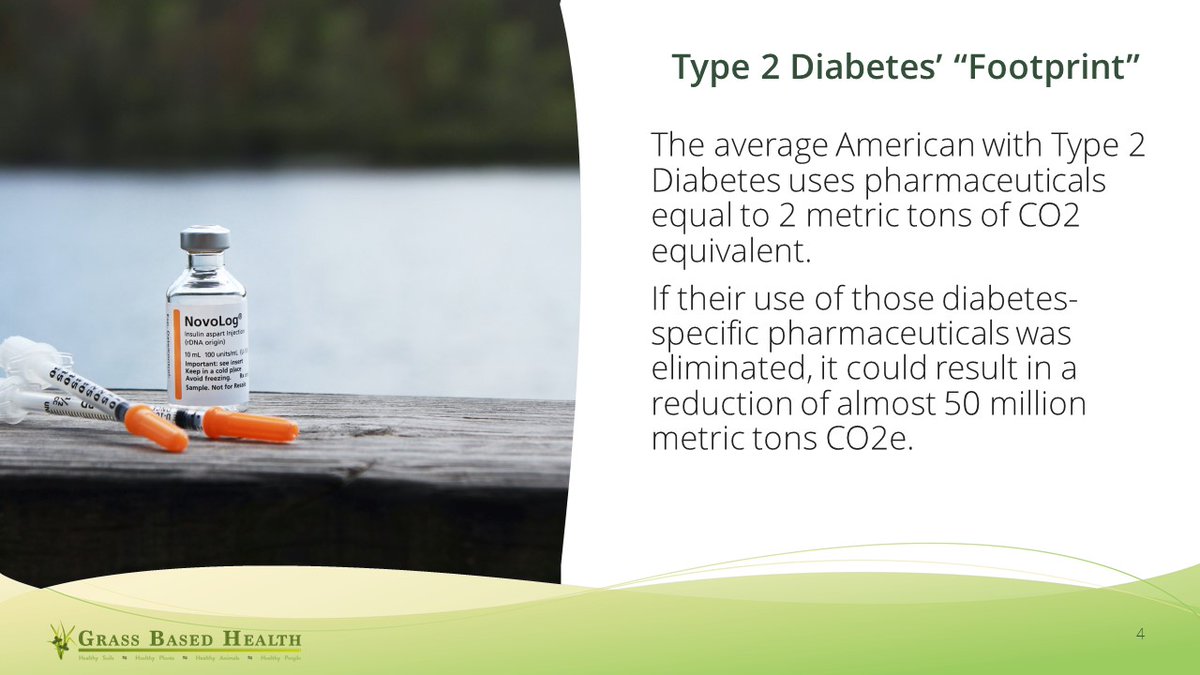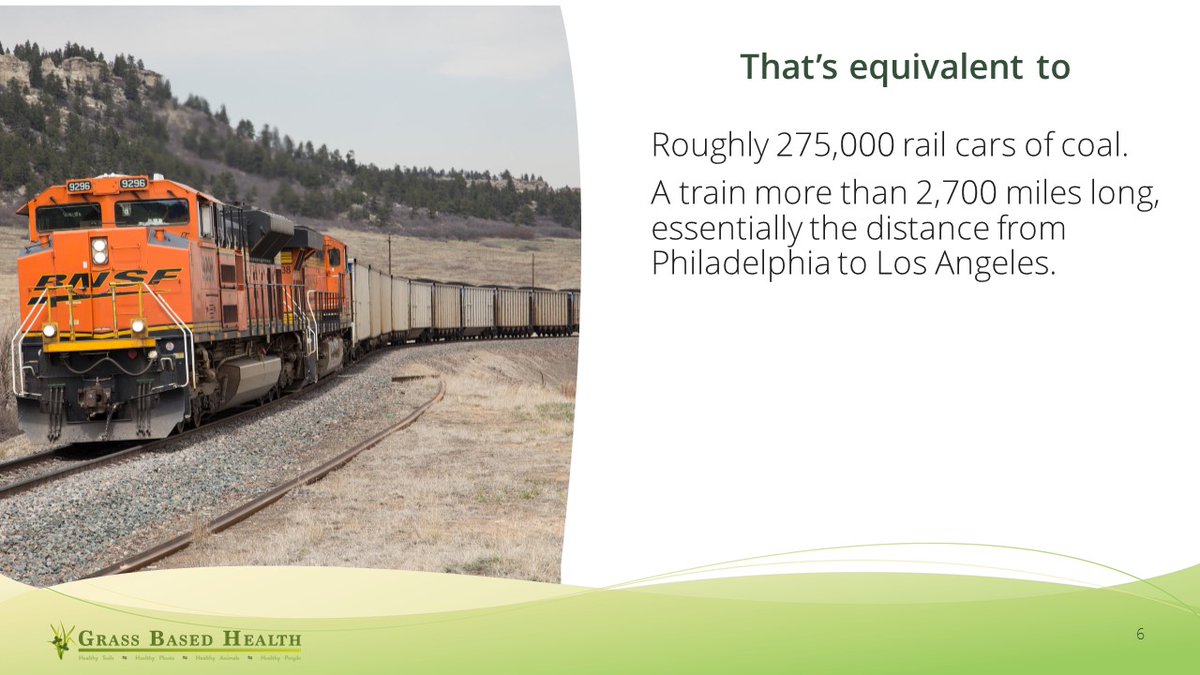
Herdmates, it's time to dive into the rumen and its microbiome. Not literally, of course. That would be nasty.
(Thank you, Dr, Eenennaam, for the image)
@BioBeef
1/4
(Thank you, Dr, Eenennaam, for the image)
@BioBeef
1/4

Tim A McAllister, PhD is Episode 62's guest. Dr. McAllister is a Research Scientist in Ruminant Nutrition & Microbiology with Agriculture and Agri-Food Canada in Lethbridge, Alberta.
Watch -
2/4
Watch -
2/4
Listen - herdmates.podbean.com/e/62-tim-mcall… or your favorite podcast platform
3/4
3/4
Word file list of released & future episodes - bit.ly/3r8Zkdm
4/4
4/4
• • •
Missing some Tweet in this thread? You can try to
force a refresh

















